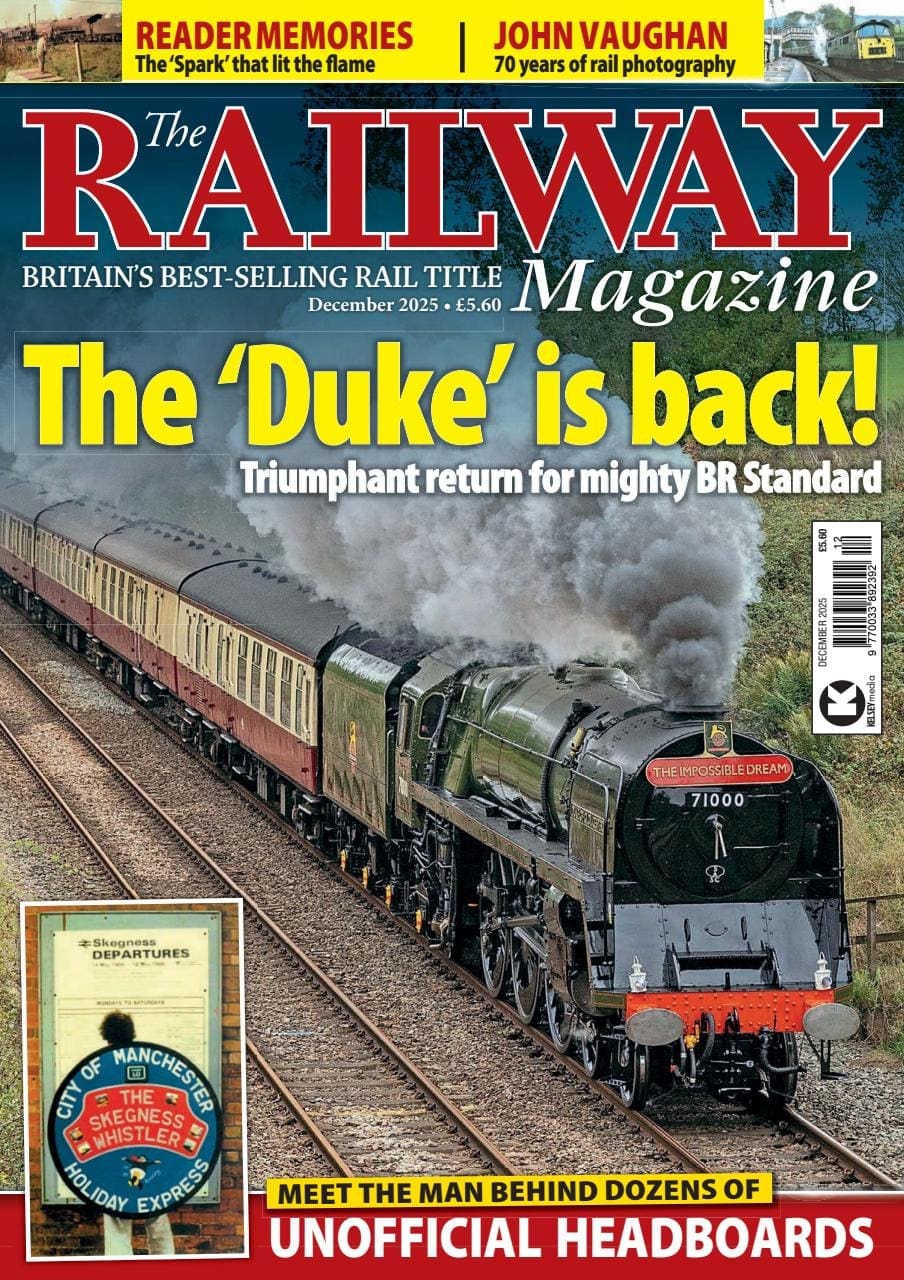For most locospotters during the 20 years or so of British Railways steam, the sight of a named Stanier ‘Black Five’ 4-6-0 was something to savour, for out of a class of no fewer than 842 locomotives, only four Scottish-based examples out of the five to be so honoured passed into nationalisation in 1948. Ian Lamb links the story with his modelling experiences.

Although a name in itself might not mean much, when applied to a locomotive it becomes almost human, and certainly more meaningful than simply a number on an assembly of steel! With this in view, and not really having any specific ‘Black Five’ in mind, I chose No. 45156 Ayrshire Yeomanry as a fitting example of a locomotive class that was regularly seen in childhood around my native Edinburgh and the Greater Glasgow conurbation.
Between 1934 and 1951, 842 of these mixed-traffic locomotives were built, yet only four were actually named (after local Scottish military regiments). They were based in and around Glasgow, where the nameplates were made at St Rollox Works – but how many know that, for two years from 1942, a fifth such locomotive, No. 5155, was also named The Queen’s Edinburgh?
From the history of steam through to 21st century rail transport news, we have titles that cater for all rail enthusiasts. Covering diesels, modelling, steam and modern railways, check out our range of magazines and fantastic subscription offers.
In the early 1980s I bought a second-hand Hornby model at a swap meet. It was in LMS livery, so I simply painted it BR lined black and repaired a faulty coupling. I also managed to get hold of a set of Hornby printed nameplates which seem so amateurish nowadays when compared with the exquisite detail on the later Hornby R2555 creation, as shown in the superb picture taken by Rails of Sheffield at the time.
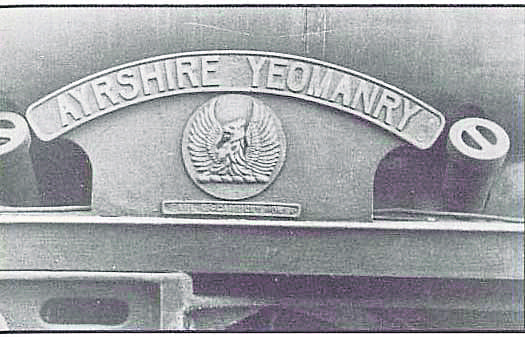
the regimental badge…
There is simply no comparison between the model of 45 years ago and that which is available today. Not only are there major differences in appearance, but also in performance. My original model used to stick a lot (especially at points and crossings or at low speed) and I was never really happy with tender-drive.
Nevertheless – as rightly pointed out in a model railway magazine at the time – Hornby chose to retain the innovative system whereby the tender wheels provided additional electrical pick-ups via two little sprung phosphor bronze strips bearing on the underside of the tender coupling pin mount.
The more electrical pick-up points there are, the better the loco will be able to cope with occasional track imperfections and therefore the better its running qualities will be in the longer term.
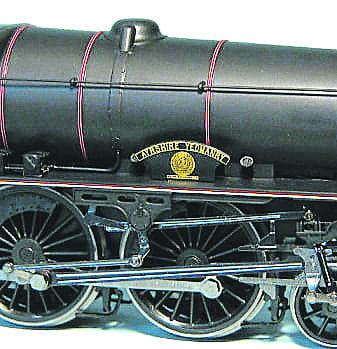
At best, my original model was ‘reasonable’, whereas the latest Hornby products are simply ‘excellent’.
I am not too happy with the rather crude front vacuum pipe, so will replace it with a more realistic one. In ‘doctoring’ the bogie to look right, the coupling was removed before eventually doing likewise with the cast profusion where it fitted using a hacksaw and file.
A dab of black paint will be applied to finish it off before fitting a three-link assembly to the buffer beam. As bought, the model can be super-detailed by fitting the supplied front steps, brake-gear and pipes.
The cab detail on the latest Hornby models show how accurate they are when seen alongside an official LMS photo. Consequently the cab is just crying out for an appropriate crew and they will be duly fitted when I get a moment.
As normal with my models, I like to touch up the hand rails with steel paint as I feel it gives an even better third dimension to the locomotive’s appearance, especially on the tender. Likewise with the buffers, plus the copper-coloured cylinder drain cocks, all of which will set the model off really well.
As for the tenders, several variants of Stanier 4000-gallon types were outshopped in either riveted or welded construction, but latterly, for good measure, some were part-welded and part-riveted.
During its lifetime Ayrshire Yeomanry was paired with various tender types, and this also applied to differing boiler designs!
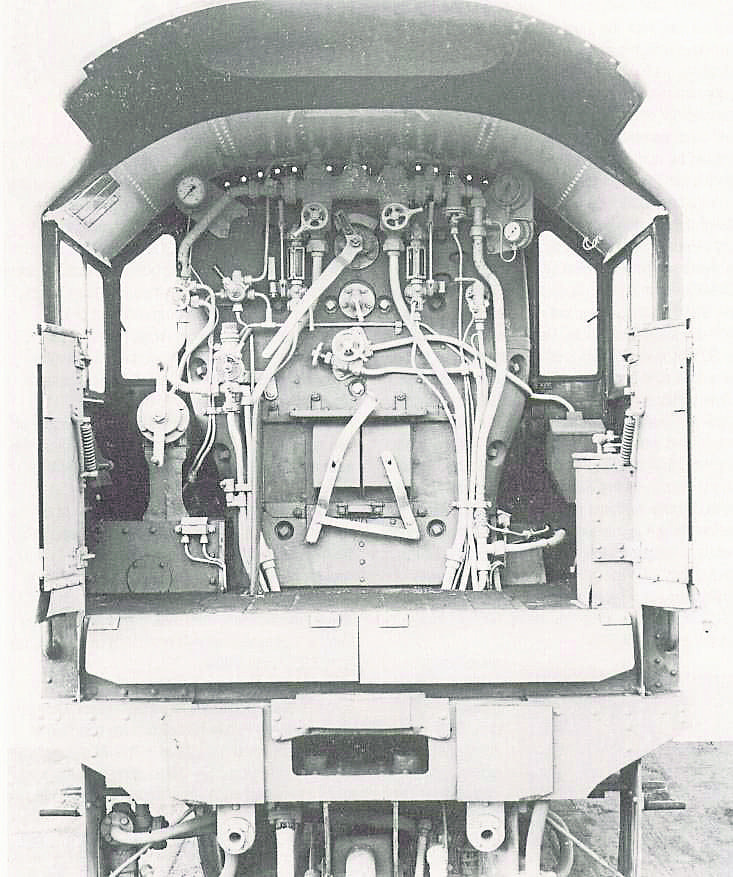
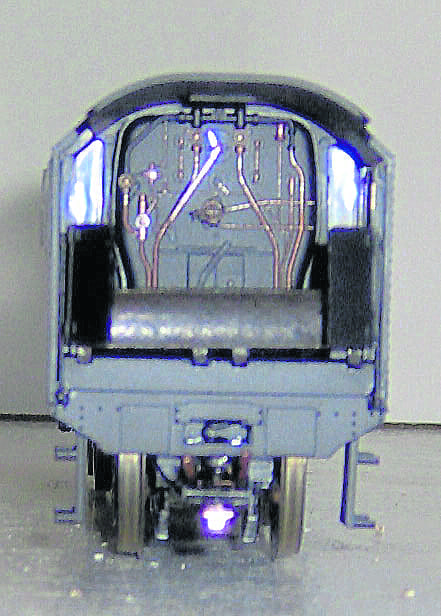
As originally designed, the engine was built with a domeless boiler, and what appears to be a dome on this boiler is in fact a top-feed cover.
While Ayrshire Yeomanry started off as a Scottish engine, it ended its days in and around Lancashire. Hornby has modelled the engine as it existed at that time, with a 26A Newton Heath (Manchester) shed plate on the smokebox door.
Models of Hornby’s R2555 BR No. 45156 Ayrshire Yeomanry are unlikely to be purchased from general retail stock, but might be available through exhibitions, swapmeets, eBay or large outlets.
